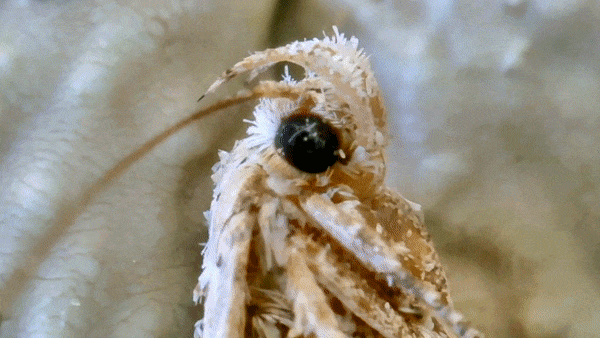Hello folks who wonder if shopping at Walmart every time is like being on a reality TV show,
Imagine you are presenting in front of a big crowd and you notice the audience is distracted. You see them checking their phones, some people picking their noses and neighbors conversing with each other. At this point, you have lost your audience and you need to be quick on your feet and do something that brings back their attention and the spotlight on you.
3 words. Pollinators. Butterfly. Honey Bee. (*the order does not matter)
And see the crowd applaud.
The Western Pygmy Blue butterfly is considered to be the smallest butterfly in North America. So small, its wingspan is as big as the dice you use to play a game of craps at the casino and ultimately ruin your vacation.
Here is how big it gets.
Oh, no you didn't! Stop judging my nails and concentrate on the butterfly please. Moving on, you see this butterfly has a neat way of getting to live another day. While it is heads down sipping on the nectar, it will shake its hind wings with the eyespot design to divert a predator's attention to the wings instead of the body.
Now, if hearing the word "butterflies" makes your ears perk, the mere mention of "moth" might make you want to leave the room. Don't worry, you are not alone, the majority of the world likes to promote butterflies as essential workers while regarding moths as sore spots in nature that do not have any artistic background.
Make sure when you run into it next time, you thank it for helping humans in the fight against Poison Hemlock.








No comments:
Post a Comment
Did you learn something new in this post? Let us know in the comments below